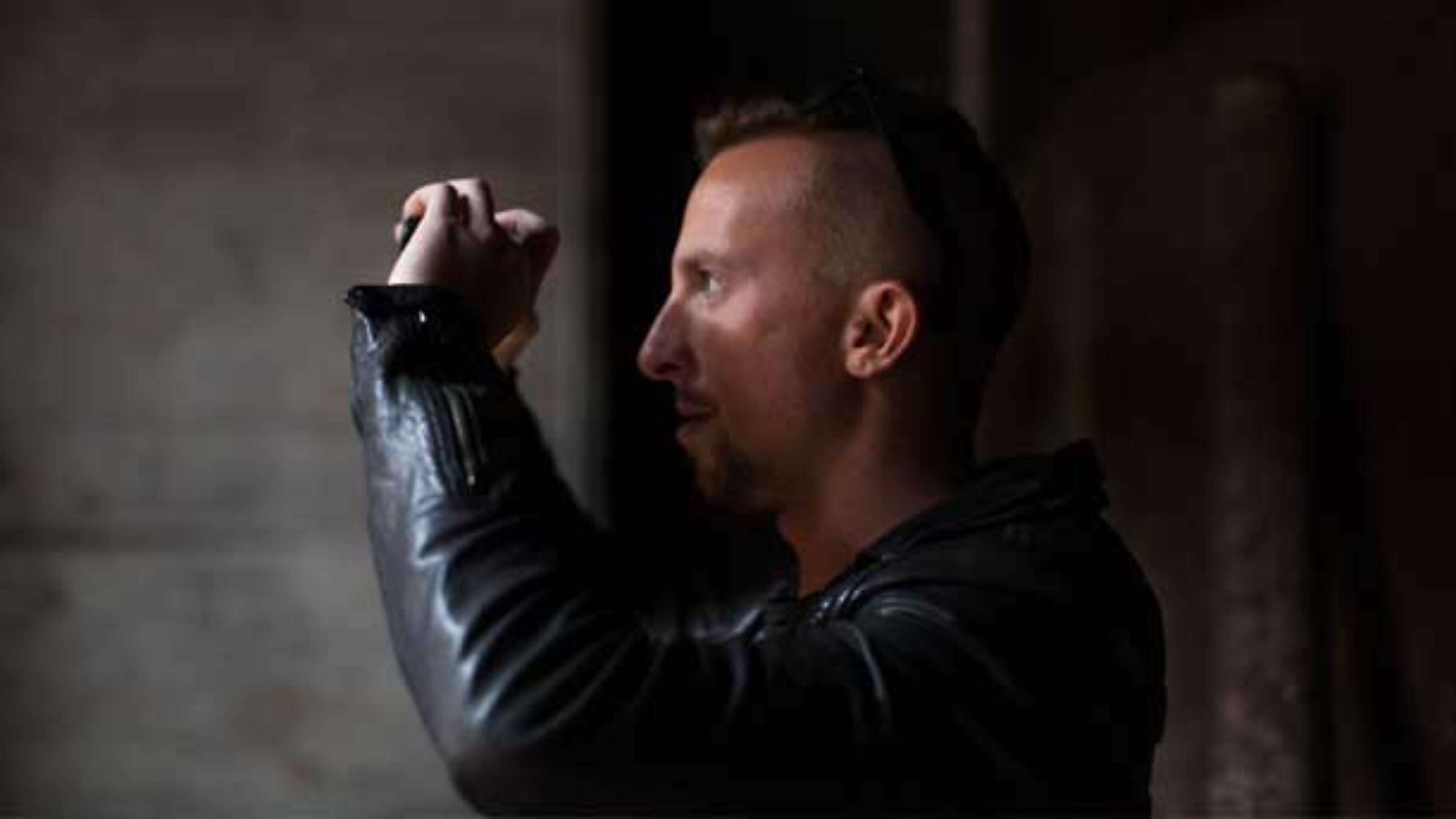Augmented reality is a technology that superimposes a computer-generated image onto a particular scene a user is viewing. Apple iOS 11 comes complete with ARKit – a new way for developers to add augmented reality into apps. This could well be a game-changer for retailers, as brands can use their apps to push and sell products by giving users a more detailed preview of what to expect from their products than ever before. Let’s take a look at how certain brands are capitalising on the new technology.
IKEA
IKEA Place is set to prove hugely popular. This new app allows users to take IKEA furniture into their homes, through the app technology and view on-screen how the items will look once unpacked and placed in the user’s property. Ikea has had a 3D function in its catalogue app, but it lacked a realistic feel as it was often not to scale. The new Ikea Place app is 98% accurate in scale. The 3D furniture images react to light and shade, creating a very realistic vibe. Considering the fact that the one thing in the way of consumers buying furniture, is often the uncertainty over whether or not it will fit into their home in terms of size and look, an app which generates an accurate representation of what to expect is likely to be popular. This AR tool will help shoppers make a more informed decision about their purchases, which could lead to increased sales. The app will also allow users to let their imaginations go wild, as they shop various furniture combinations and just might provide the inspiration that they need to spend their cash.
Sephora Virtual Artist
Cosmetics retailer Sephora offers through its main app a “visual artists” app. The AR app gives consumers the chance to see how certain makeup will look on their faces. It uses Modiface technology to scan the facial structure of the user and it then adds various tones, shades, and accentuations to the face. The aim for Sephora with this new technology is to boost sales via their eCommerce app, so the brand does not have to rely on in-store sales alone. Previously consumers were given no choice other than to buy from stores and it is hoped that by giving users a preview of what the products will look like in practice, via the app, they will buy online more. While the app does give a realistic representation of what to expect from the products, in reality, when it comes to makeup it is nearly impossible to recreate how items will look and feel when worn on the skin- which will be the apps drawback. The app, even if it fails to prove useful for all consumers, is still undeniably fun and engaging.
Dulux Visualiser
Deluxe Visualiser uses AR to show you how your walls will look when painted. You take a photo of your wall or area that you want to paint and then select your colour. It allows you to match your paint with the fabrics of certain parts of your home, which is pretty nifty. There is a huge array of colours to choose from. There are drawbacks to the technology; when selecting a colour to apply to your wall the colour often merges into the frame of the image and you can end up with colour on the ceiling and floor. This is tedious and messy. Apart from that, it is a great way for customers to generate an image of how their newly decorated rooms will look.
Augmented Reality, is a groundbreaking technology, which is likely to become commonplace in the apps of many retail brands, who want to offer their customers a lifelike representation of what they can expect from products. In the case of industries such as design and cosmetics, the demand for AR apps will be high. We are already starting to see that AR technology is the one thing that is converting customers from bricks and mortar shoppers to app-based consumers.








